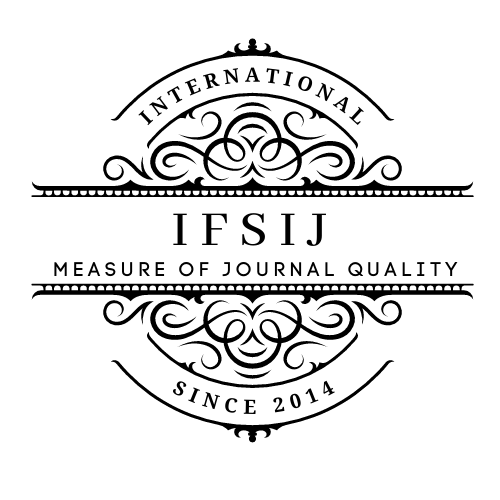BIOLOGICAL EFFICACY OF ENDOPHYTIC BACTERIA AGAINST ROOT DISEASES OF LAVENDER PLANTS
Keywords:
Lavandula angustifolia, endophytic bacteria, biological control, root pathogens, Fusarium oxysporum, Rhizoctonia solani, plant growth-promoting traits, sustainable agriculture.Abstract
The biological efficiency of endophytic bacteria in mitigating root illnesses in Lavandula angustifolia (lavender), a generally grown medicinal and aromatic plant, is investigated in this paper. Soil-borne fungal infections including Fusarium spp. and Rhizoctonia solani, which cause major root damage and lower plant vitality, commonly endanger lavender production. Although often utilised, conventional chemical fungicides run environmental hazards and might cause disease resistance. This work looks at the possibilities of endophytic bacteria isolated from healthy lavender roots as an environmentally friendly biocontrol agent. Using morphological analysis and 16S r RNA gene sequencing, endophytic bacteria were revealed. Selected strains were then tested under controlled greenhouse settings after their antagonistic activity was assessed in vitro against pathogenic fungus. Especially, isolates from the genera Bacillus and Pseudomonas shown great antifungal activity and helped to provide better markers of plant development. These strains were shown to produce phytohormones including indole-3-acetic acid (IAA) and show characteristics including phosphate solubilisation and siderophore synthesis, therefore improving disease resistance and nutrient absorption. The importance of these impacts in lowering disease severity and encouraging plant development was verified by a statistical study. This study helps to justify the inclusion of helpful endophytic bacteria into environmentally friendly methods of disease control for lavender growing. It also provides a means for creating microbial biopreparations fit for Uzbekistan's agroecological environment. Their practical relevance in organic and conventional lavender farming as well as their efficacy in large-scale agricultural systems should be confirmed by more field-based validation.
Downloads
Published
Issue
Section
License

This work is licensed under a Creative Commons Attribution-NonCommercial-NoDerivatives 4.0 International License.















